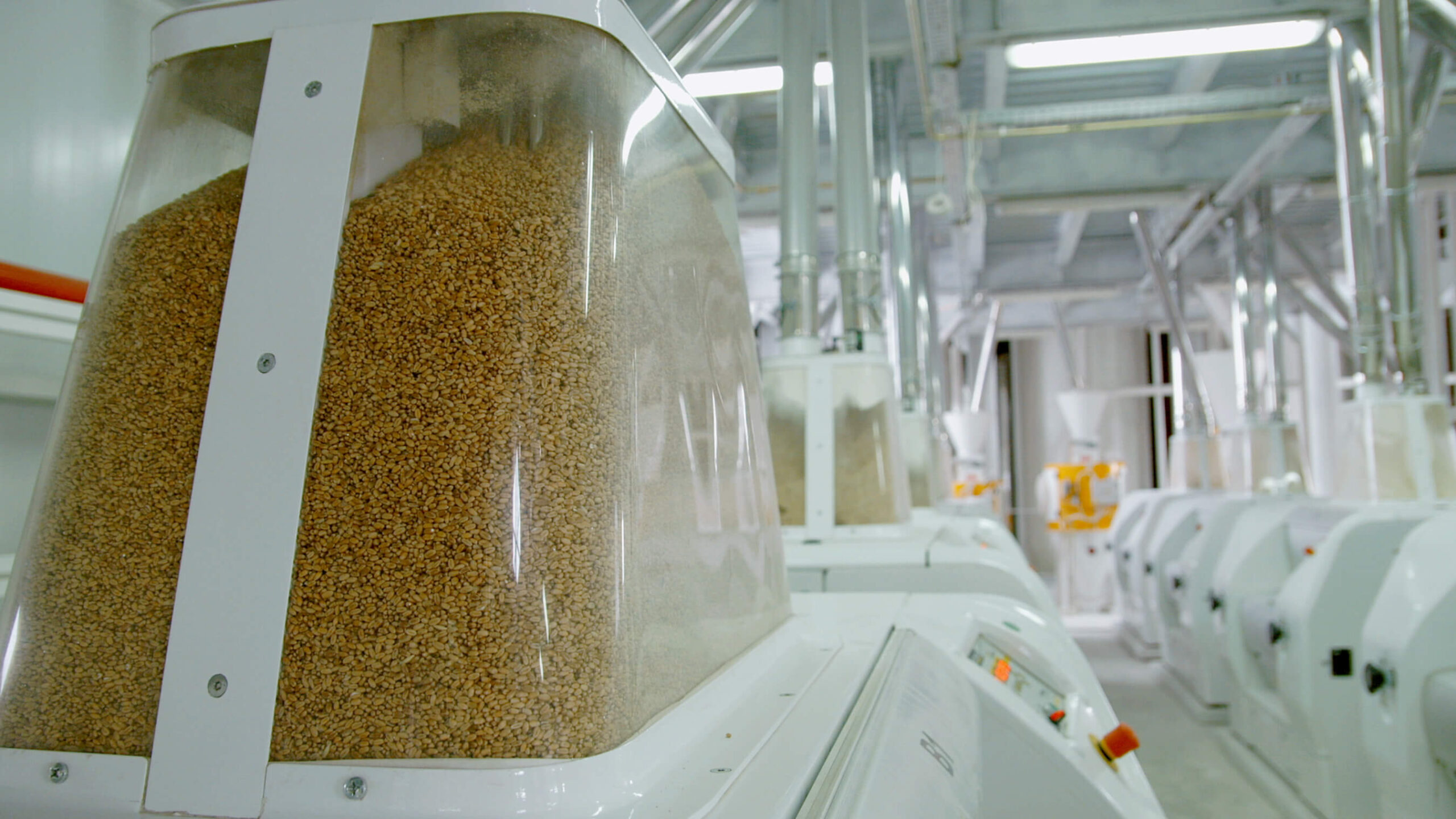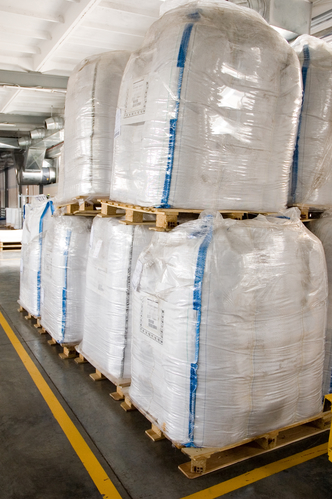
What are the Standards for Combustible Dust?
There are specific industry- or commodity-specific standards for agricultural and food facilities, facilities handling metals, facilities handling sulfur and even a special standard for the wood processing and woodworking industries. Here are those standards:
- NFPA 61, Standard for the Prevention of Fires and Dust Explosions in Agricultural & Food Processing Facilities
- NFPA 484, Standard for Combustible Metals
- NFPA 655, Standard for Prevention of Sulfur Fires and Explosions
- NFPA 664, Standard for the Prevention of Fires and Explosions in Wood Processing and Woodworking Facilities
And if you do not fit into the definitions of these specific industries/commodities, then NFPA 654 is going to be for you:
- NFPA 654, Standard for the Prevention of Fire and Dust Explosions from the Manufacturing, Processing, and Handling of Combustible Particulate Solids
If there is any doubt in potential cases of conflict between standards then check out the table below, where the standard with priority is defined:
| Conflict | Priority |
| Requirement in an industry or commodity-specific NFPA standard differs from or specifically prohibits the requirement in NFPA 652 | Requirements in industry or commodity-specific NFPA standard shall be permitted |
| Industry or commodity-specific NFPA standard neither prohibits nor provides a requirement | Requirement in NFPA 652 shall be applied |
| Conflict between a general requirement and a specific requirement of NFPA 652 | Specific requirement shall apply |
When Does NFPA 652 NOT Apply?
Do also note that simply having a combustible dust does not automatically mean you have to apply a code or standard. Indeed, there are a number of situations where NFPA 652 does not apply at all! NFPA 652 does not apply where there is:
- Storage inventory or use of consumer quantities in residential or office buildings
- Storage or use of commercially packaged materials at retail facilities
- Materials are displayed in original packaging in mercantile occupancies and intended for personal or household use or as building materials
- Warehousing of sealed containers when not associated with an operation that handles or generates combustible dust
- Materials stored or used in farm buildings or similar occupancies for on-premises agricultural purposes
Even More Combustible Dust Standards
That’s got 5 of the 9 NFPA standards on combustible dust out of the way. What about the remaining 4? Well, we have:
- NFPA 68, Guide for Venting of Deflagrations that explains how to locate and size explosion relief vents,
- NFPA 69, Standard on Explosion Prevention Systems for other explosion prevention techniques and systems
- NFPA 77, Recommended Practice on Static Electricity, a focused guide dealing with liquids and gases as well as dust, but with some very specific recommendation on control of static electricity, and finally,
- NFPA 499, Recommended Practice for the Classification of Combustible Dust and of Hazardous (Classified) Locations for Electrical Installations in Chemical Process Areas
Yes, I know that’s a lot of standards to read and process but it’s worth reminding ourselves of why it’s worth bothering. The intended objectives of NFPA 652 are all about:
Life Safety
Protecting occupants from the effects of fire for the time needed to evacuate, relocate, or take refuge. Preventing serious injury from flash fires and explosions. Protecting adjacent properties and the public from the effects of fire, flash fire, or explosion.
Mission Continuity
Limiting damage to levels that ensure the ongoing mission, production, or operating capability of the facility to a degree acceptable to the owner/operator, and
Mitigation of Fire Spread and Explosions
Preventing or mitigating fires and explosions that can cause failure of adjacent buildings, compartments, enclosures, properties, storage, facility’s structural elements, or emergency life safety systems.
What You Need to Do and How Stonehouse Can Help
Appraise yourself of the contents and applicability of all the standards that are relevant to you, taking care to read more widely than a single standard that at first sight appears to be the only one you need. As it ‘says on the tin’, NFPA 652 will provide you with the ‘fundamentals of combustible dust’ and an excellent overview of what you need to do. But a really helpful step in your journey is to understand where exactly your flammable dust clouds can occur – and for how long, taking a look at NFPA 499 and how locations handling Combustible Dust are classified. And if you think you may have an electrostatic problem in your operation then see NFPA 77; You’ll find much more practical advice on control of static electricity there than you will in NFPA 652. If you think you need help in classification of flammable liquids, gases or vapors and of hazardous (classified) locations for electrical installations in chemical process areas, please see NFPA 497.
It’s well worth ensuring you know exactly what your requirements are under these nine NFPA standards. Our specialist dust fire and explosion consultants can help you practically interpret and apply the requirements of these codes and standards to your facilities and operation. We can guide you along the whole journey from hazard analysis and assessment through to hazard elimination and risk control, giving you access to our knowledge, expertise, and many years of dust explosion experience to ensure you move to compliance in a safe, cost effective, and efficient way.
At Stonehouse, our process safety specialists can assist with:
- Laboratory Screening Tests: These determine if your powders are combustible or explosible. We performed these dust/powder tests in our own laboratory. Read more about dust testing services.
- Conducting Dust Hazard Analysis (DHA): DHA is a systematic review to identify and evaluate potential dust fire, flash fire, and explosion hazards and is a requirement of NFPA 652. Read more about Dust Hazard Analysis. A DHA undertaken by our dust explosion specialists at Stonehouse Process Safety will….
- Full Laboratory Testing of your Powders: This includes measuring explosion strength (Kst), minimum ignition energy, maximum safe storage temperature and much more – all in our world-leading dust explosion laboratories. Read more about dust testing services.
- Process Safety Management Programs: We can help you develop the written management systems for the on-going management of dust fire, flash fire, explosion hazards. Read more about Process Safety Management programs.
- Training/Competency Building: We can train your operating, engineering, and management staff to validate and assure the levels of understanding and experience exist within your workforce to implement and maintain the necessary on-going requirements. Read more about process safety training. We also offer virtual process safety training courses such as Exploding dusts, Explosions, Static Electricity and HAC (Hazardous Area Classification). Find out more here.
- On-going Review and Support: And finally, we can review any existing Dust Hazard Analysis (DHA) you may have already performed to check validity and assist in implementing the findings and recommendations.
For more information on how our specialist dust explosion consultants can help your organization with codes and standards compliance, please contact us on 609-455-0001 or email us at [email protected].












